|
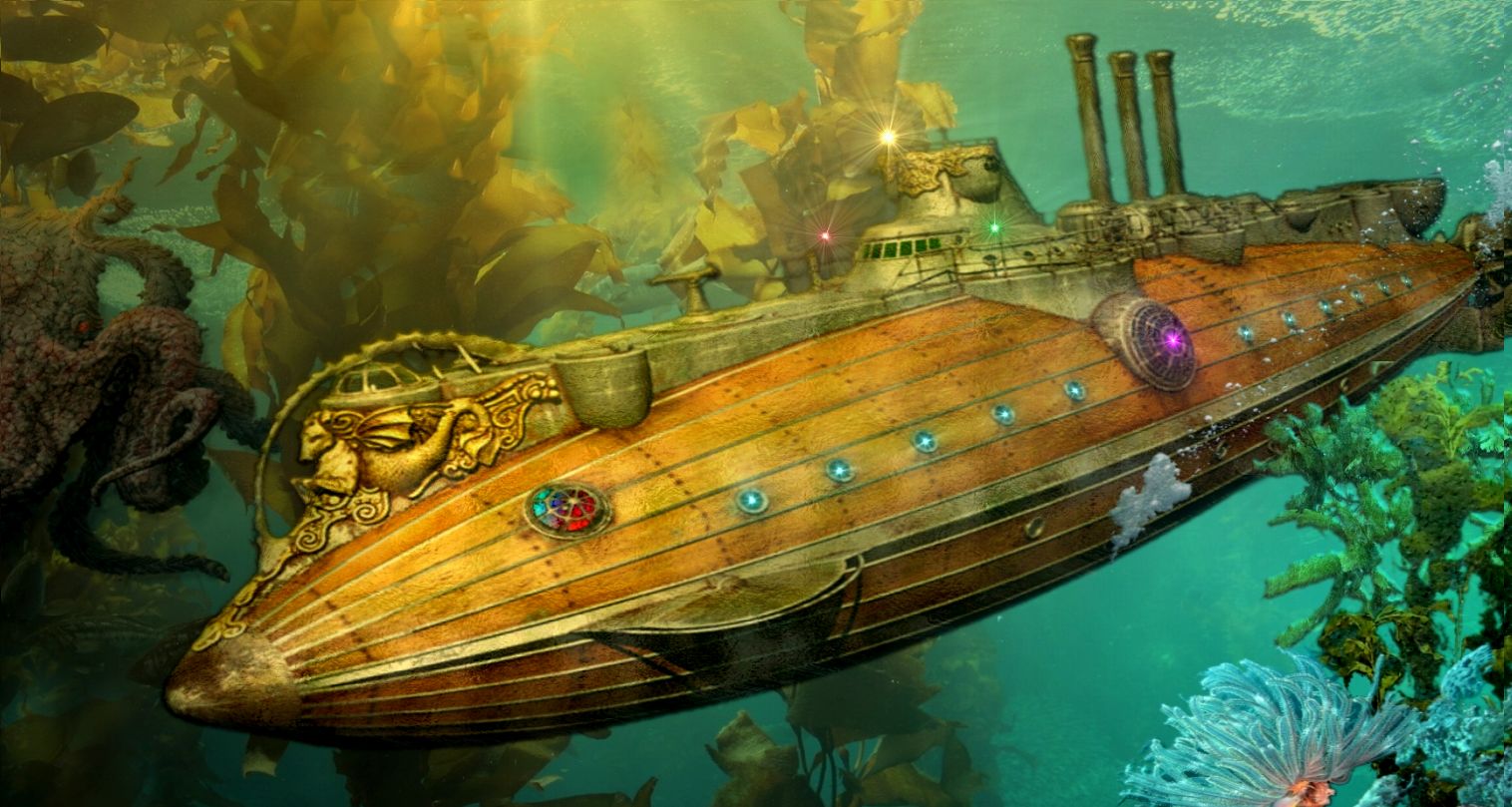
Best
known for '20,000
Leagues Under the Sea' and Around
The World In Eighty Days, Jules Verne also authored a number of
other popular novels, that made it onto the big screen, such as 'The
Mysterious Island,' and 'Journey To The Centre Of The World.'
Jules
Verne's 'Lighthouse
at the end of the World' was adapted into an excellent film in 1971
starring Yul
Brynner as a pirate who visits a lighthouse at the end of the world,
manned by Kirk Douglas, called: The Light at the Edge of the
World.
The Lighthouse at the End of the World (French: Le Phare du bout du monde) is an adventure novel by French author
Jules
Verne. Verne wrote the first draft in 1901. It was first published posthumously in 1905. The plot of the novel involves piracy in the South Atlantic during the mid-19th century, with a theme of survival in extreme circumstances, and events centering on an isolated lighthouse. Verne was inspired by the real lighthouse at the Isla de los Estados, Argentina, near Tierra del Fuego and
Cape
Horn.
BOOK PLOT
Verne sets the plot by stating, "The Argentine Republic had displayed a happy initiative in constructing this lighthouse at the end of the world," within Elgor Bay and the harbor of Saint-Jean "forms a kind of pendant to Elgor Bay." The despatch boat Santa-Fé arrived on Oct. 1858 to construct the lighthouse, which was inaugurated on 9 Dec. 1859, standing 103 feet in height on top of a mound 120 feet high, and illuminated by
oil. The lighthouse guided ships into the Le Maire Strait or south of the island, and was to be manned by 3 keepers over the next 3 months, until the return of the Santa-Fé.
Unbeknownst to Vasquez, Moriz, and Felipe, the chief lighthouse keeper and his helpers, the island was the domain of a dozen marooned pirates, who bide their time in
wrecking.
Two of them are murdered by a band of newly arrived pirates led by one Kongre. Vasquez, the only survivor, spends several months until the dispatch boat Santa-Fé is due to return, surviving off the pirates' hidden stores of food in a cave. After the Century, an American ship from Mobile, Alabama, crashes on the island due to the light's having been put out by the pirates, Vasquez bands with the sole survivor of the wreck – First Officer John Davis – to stop the pirates from escaping into the South Pacific.
They manage to scavenge a cannon from the wreckage and shoot the pirates' ship, the Maule, as it is about to leave the bay they are situated in. The shell only causes minor damage, however, and the pirates' carpenter is able to fix it in only a few days. The night before the ship is about to attempt to leave again, Vasquez swims to the Maule at its mooring and plants a bomb in the rudder. This causes, yet again, only minor damage, and is fixed in only one day. The next day however, Carcante, the second-in-command of the
pirate ship, spots the Santa-Fé on the
horizon. Fortunately for the
pirates, it will not arrive until nighttime, and the Sante Fe can't possibly get into the bay without light from the lighthouse. This will give the pirates the perfect chance to slip out and sail around the southern side of the island, which they know quite well by now.
Vasquez and Davis, however, return to the lighthouse and turn the light back on. The troop of pirates tries to regain the lighthouse and kill the two, but they find the bolted iron door to the staircase too reinforced to break down. Kongre, the band's leader, orders Carcante and the carpenter to climb the side of the lighthouse and murder Vasquez and Davis at the top, but they are shot as soon as their heads peek over the banister. Kongre and the remaining pirates realize it is all over for them and flee to the island's interior. Most surrender afterward, a few starve, and Vasquez watches as Kongre commits suicide. Vasquez returns home with the Santa-Fé after making sure the island is safe for the new lighthousemen.
LIGHT AT THE EDGE OF THE WORLD
The Light at the Edge of the World is a 1971 adventure film, adapted from Jules Verne's classic 1905 adventure novel The Lighthouse at the End of the World (Le Phare du bout du monde). The plot involves piracy in the South
Atlantic during the mid-19th century, with a theme of survival in extreme circumstances, and events centering on an isolated lighthouse.
Despite having a large Hollywood budget, collaboration with prestigious foreign film studios, exotic shooting locations in Europe and some of the biggest name movie stars, the movie was
not very successful at the box office.
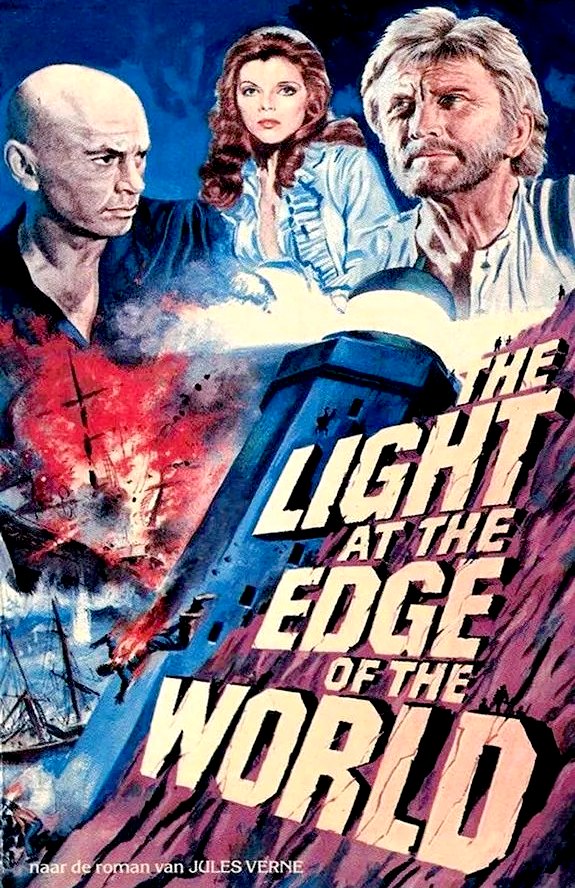
UNDERRATED
- This is an unusual film because the pirates depicted in this movie are all too real. None of the romanticizing Errol Flynn or Jack Sparrow stuff. These pirates were shockingly ruthless and a real sense of danger permeates the film. Yul Brynner and Kirk Douglas bring intensity to their roles. Brynner as the egotistic sociopath who is the leader of the cutthroats and Douglas as a man who must deal with a desperate situation in a fight for survival. Samantha Eggar as a woman with flawed instincts for her own preservation evokes frustration and pity. From the brutal opening scenes, the message is clear that these pirates don't play. A sense of urgency then takes over until the final outcome. A great movie!
You may consider is surprising that Jules Verne would write such a
story, and even more surprising that Hollywood would produce it, but
then it is Jules Verne. Yul Brynner is unbelievably good as a man freed of all bounds of convention, free to indulge his taste for cruelty and domination.
Douglas is an excellent counterpoint, a courageous individual who's chosen simple solitude as a way to deal with the complications and turmoil society had imposed on him. And Samantha Egger's character is the capper, a woman willing to sacrifice far too much for comfort and safety.
FILM PLOT
The year is 1865. Will Denton (Kirk
Douglas) is a jaded American miner escaping a troubled past. Seeking isolation for two reasons – to mend his broken heart after a failed romance during the California Gold Rush, and also to escape punishment after he murdered a man in a gunfight – Denton tends a lonely and isolated lighthouse with a minimal crew of three men, himself included.
The lighthouse sits on a fictional rocky island adorned with many caves carved by the crashing waves of the Atlantic Ocean; it is however set in the geographic location of the Tierra del Fuego archipelago at the southern tip of South America. Before the building of the
Panama
Canal, the waters off Cape Horn were perhaps the busiest and richest shipping lanes in the world (all shipping between Europe and the western coast of The United States had to go around the Cape) and therefore very lucrative.
Denton is contented to retreat from the world and be away from the problems of civilization, and quickly adjusts to his new supervisor, old Argentine sea dog Captain Moriz (Fernando Rey) and his youthful and innocent assistant Felipe.
A shipload of utterly malicious and sadistic pirates show up, murder Moriz and Felipe, and extinguish the light. They are wreckers, brigands who mislead ships into the rocks to loot the cargo and prey upon the victims. Their leader Captain Jonathan Kongre (Yul Brynner) is a diabolical fiend with a seductive and charismatic facade.
Denton hides out in the caves and amongst the rocks, hiding from the pirates. He saves Italian wreck survivor Montefiore from the pirates' massacre, and together they wage a war of guerrilla tactics against Kongre and his cutthroats.
Kongre breaks his own rule by keeping one captive alive – a beautiful Englishwoman named Arabella (Samantha Eggar).
Montefiore is captured while creating a diversion for an attempt by Denton to rescue Arabella, who however opts for remaining with Kongre. On the next day, Kongre has Montefiori flayed alive on his ship, trying to draw Denton out of hiding, but Denton shoots Montefiori from afar. Angered, Kongre gives Arabella to his men and withdraws to the lighthouse. Denton uses the
pirates' cannon to sink their ship, along with all the pirates except for Kongre.
The finale of the film is a showdown between the only two survivors left on the island, Denton and Kongre. During the fight an explosion occurs. Kongre is set on fire and falls from the lighthouse.
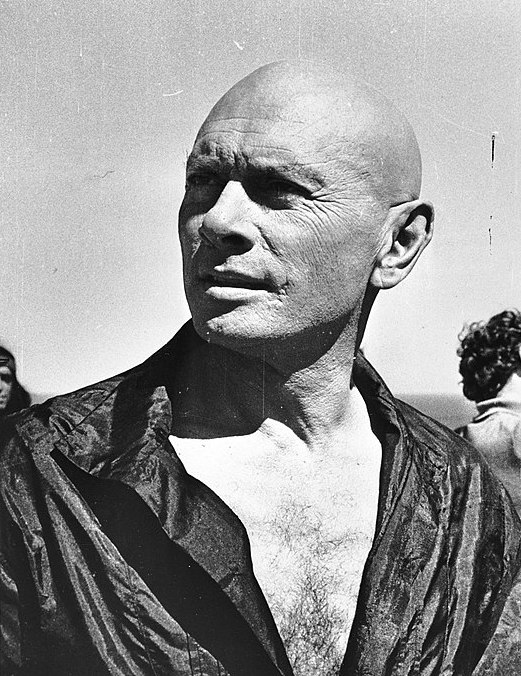
CAST
Kirk Douglas as Will Denton
Yul Brynner as Jonathan Kongre
Samantha Eggar as Arabella
Jean-Claude Drouot as Virgilio
Fernando Rey as Captain Moriz
Renato Salvatori as Montefiore
Massimo Ranieri as Felipe
Aldo Sambrell as Tarcante
Tito García as Emilio
Víctor Israel as Das Mortes
PRODUCTION
In 1962 it was announced Hardy Kruger and Jean Marais would star in an adaptation of the novel for Columbia Pictures.
The project was re-activated in the late 1960s by Bryna, Kirk Douglas' production company. Douglas hired Kevin Billington to direct in March 1970. Douglas made the film as a co production with Alexander Salkyind's Vulkano Productions. National General Pictures agreed to distribute.
Finance was mostly raised from a bank in Spain. It involved people from France, Spain and Italy. Billington said "there are about 23 c-production deals; there are problems about casting and about language." Douglas said he was paid "a lot of money" for the movie, estimated at being $1 million.
Filming took place in Spain. Some of the shooting locations included:
Jávea, Alicante, Valencia, Spain
La Manga del Mar Menor, Murcia, Spain
Cadaqués, Girona, Catalonia, Spain
Cap de Creus, Girona, Catalonia, Spain
La Pedriza, Manzanares el Real, Madrid, Spain
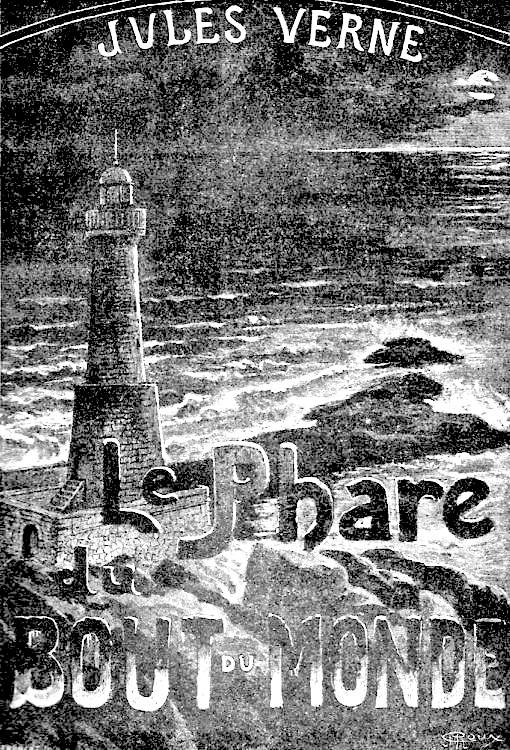
The book gave way to an adventure film based on a Jules Verne's novel about a pirate captain and his crew that take over a small island with a lighthouse on it; the idea is to turn out the light at night when ships are at sight so that they crash against the rocks and the pirates can easily steal everything from the passengers and the wrecked vessel. The point is that one of the lighthouse servers -the only survivor- manages to escape into the island and will try to ruin the pirates sinister plans.
Jules
Verne was the author of many adventure stories:
1
Twenty Thousand Leagues Under the Sea
- Full
text Part 1, Part
2
2 Around the World in Eighty Days
- Full
text Index
3 Journey to the Center of the Earth
- Full text
Index
4 The Mysterious Island (Extraordinary Voyages #12)
Full
text Part 1, Part
2, Part
3
5 From the Earth to the Moon
6 Michael Strogoff (Extraordinary Voyages, #14)
7 In Search of the
Castaways; or the Children of Captain Grant (Extraordinary Voyages, #5)
8 Five Weeks in a Balloon
9
Round the Moon (Extraordinary Voyages, #7)
10 Adrift in the
Pacific: Two Years Holiday (Extraordinary Voyages, #32)
11 The Master of the World (Extraordinary Voyages, #53)
12 The Adventures of Captain Hatteras
13 Les Tribulations d'un Chinois en Chine;
The Tribulations of a Chinese in China (Extraordinary Voyages, #19)
14 The Lighthouse at the End of the World
15 Mathias Sandorf (Extraordinary Voyages, #27)
16 Off On A Comet (Extraordinary Voyages, #15)
17 Los quinientos millones de la Begún (The five hundred million of the
Begún)
18 Facing the Flag (Extraordinary Voyages, #42)
19 Un capitán de quince años (A fifteen year old captain)
20 El Testamento de un excentrico (The Testament of an eccentric)
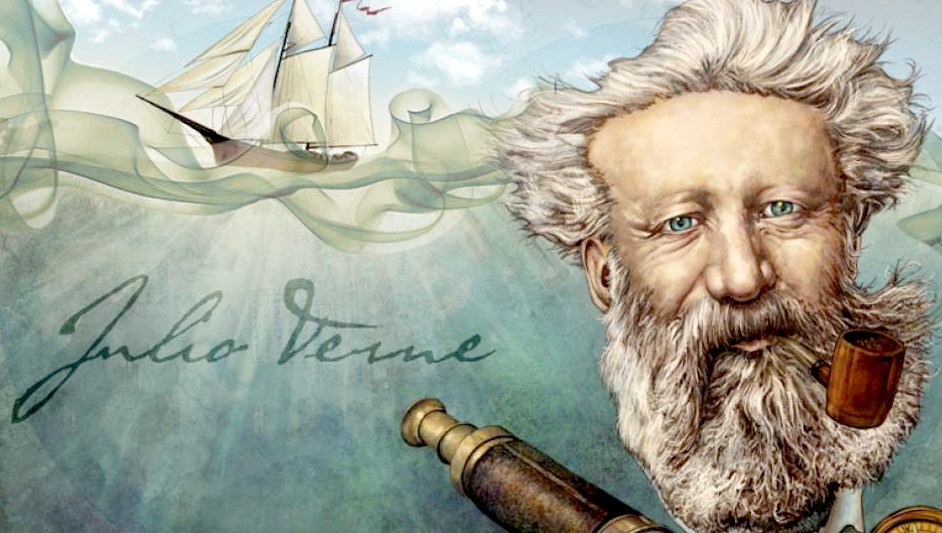
Jules
Verne is also known as the Father of Science Fiction
|




